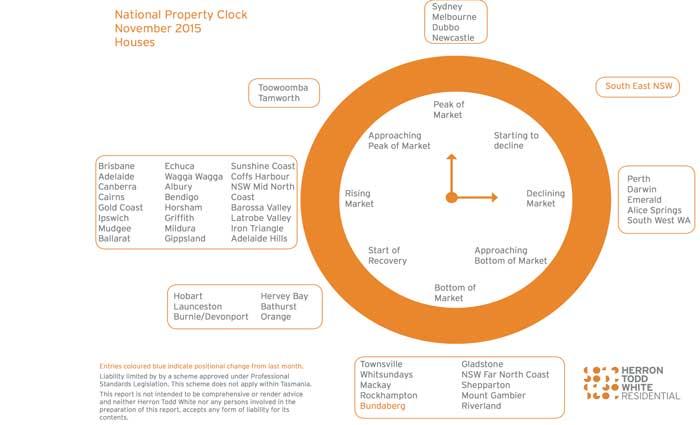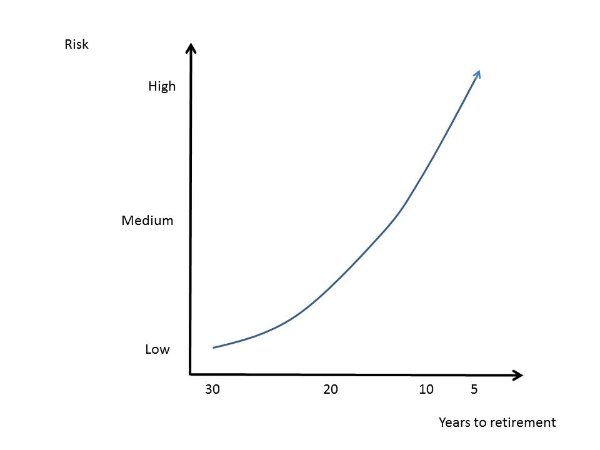Lord Mayor Graham Quirk has announced plans for a new high frequency subway system called the Brisbane Metro to slash travel times for bus commuters if he is re-elected at the upcoming Council elections.
Cr Quirk said the $1.54 billion Brisbane Metro would run on a dedicated route linking Woolloongabba to Herston, utilising sections of the South East and Inner Northern Busways, and would remove up to 200 buses per hour in the morning peak from the Victoria Bridge.
“This is a project that will be built over six years and provide a 100 year life for the city to keep Brisbane heading in the right direction,” he said.
“The growth of our city and the demand on the bus network to feed this growth is looming as one of the greatest challenges Brisbane is facing.
“Brisbane Metro will offer a comfortable, high frequency, fast, time reliable and high capacity link between the suburbs and inner city using a subway system that is quick and easy to get on and off.
“People’s journeys from the suburbs to the city and home again will be faster.
“Brisbane Metro will remove up to 200 buses per hour from slow inner city movements, allowing for more bus services in the middle and outer suburbs. By comparison, Labor’s light rail proposal, that replaces the successful Blue CityGlider, would free up only 18 buses per hour.”

Route of the proposed metro
Cr Quirk said continued employment growth, especially in the CBD and inner city, required increased public transport and many parts of the bus infrastructure had reached capacity and the city centre was becoming clogged with a growing number of buses.
“Every day about 170,000 employees, visitors and students travel to or through the city centre, mostly by public transport and this is predicted to climb to 250,000 by 2031,” he said.
“Right now, buses carry a clear majority of public transport trips in Brisbane. The Brisbane Transport bus network carried 76 million passengers in 2014-15, 50% more passengers than the CityTrain network.
“The CBD’s existing bus infrastructure, already at capacity in a number of areas, will not be able to cope.
“The Cultural Centre busway station reached capacity in 2013 with 230 buses per hour leading to chronic congestion and queueing. The King George Square and Roma St Stations are already operating at capacity while Queen Street Bus Station has, of course, been at capacity for many years.”
Cr Quirk said the Brisbane Metro would deliver a level of public transport service not seen before in Australia.
“Around the world millions of people in cities including Paris, Montreal, Miami, Tokyo and Hong Kong use this rubber tyred metro service every day,” he said.
“The Brisbane Metro is a step up from Light Rail – it’s a segregated, high frequency subway system with the potential to carry 30,000 passengers an hour, 10 times the potential capacity of the Gold Coast Light Rail.”
Brisbane Metro will create an interchange at Woolloongabba and Herston where people travelling on buses would transfer to and from the very high frequency subway system.
“Travel times from Woolloongabba to the CBD are estimated to take 6 ½ minutes compared to the scheduled 12 minutes but they often take up to 20 minutes because of bus congestion,” he said.
“Similarly, the Metro will provide travel times of 5 ½ minutes from Herston to the CBD compared to the current scheduled 9 minutes in the morning peak. As we know, this often takes much longer and will only get worse if we do nothing.”
Cr Quirk said Victoria Bridge would become a green bridge with general traffic banned and a new underground portal would be built under Adelaide Street to link North Quay and the King George Square busway.
There will also be changes at the Cultural Centre Station which will be placed underground with a smaller at surface station to support buses going to and from West End, such as the Blue CityGlider.
Cr Quirk said since the incoming State Government scrapped plans for a combined bus and train tunnel, it had refocussed on Cross River Rail which would not remove the problem that bus users face.
“Long term solutions are required for both the bus and rail networks and I do call for the State Government to be cooperative in terms of what we are proposing,” he said.













